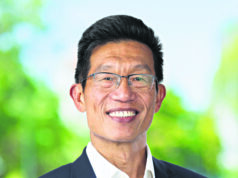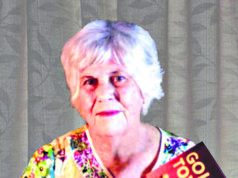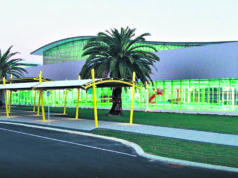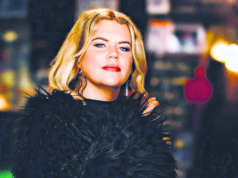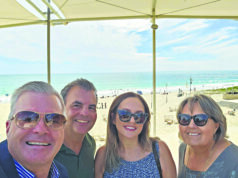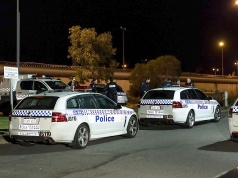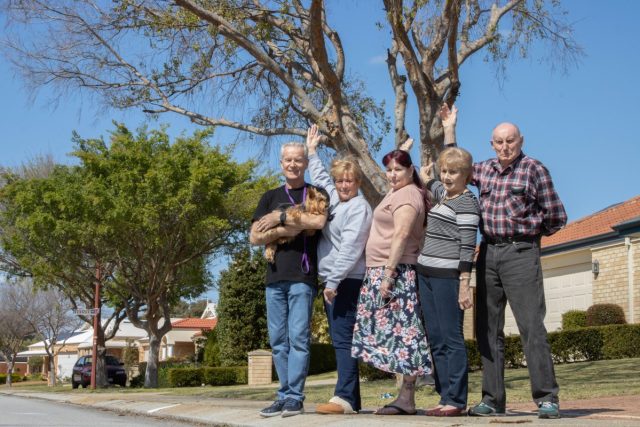
Policy has taken precedent over people, with residents of a Canning Vale street denied their request to remove Chinese Elm verge trees they say are damaging their health and their properties.
At least one Gosnells councillor, however, believes the result may have been different – had one third of the council not been missing in action.
At last Tuesday night’s Gosnells council meeting, council agreed to remove two Chinese Elm trees – one in front of 13 Greenwich Parade, and one in front of 29 Waterperry Drive, consistently citing the city’s street tree policy as justification for not removing more of the trees.
Residents have reported problems such as leaf litter blocking gutters and drainage systems, roots damaging irrigation systems, roots lifting paving, cracking garden walls, pollen from the trees affecting allergies and seedlings sprouting in garden beds.
While the city officers noted the inconvenience of these issues, under the city’s street tree policy, these reasons do not justify the removal of a tree.
City officers only recommended the removal of one tree; however, councillor Serena Williamson was successful in having a tree from 13 Greenwich Parade removed due to medical advice provided to the city by the residents.
Between July 1 2021 and June 30 2022, the city received 153 requests to remove street trees, with 82 of those requests – over 50 per cent – approved and trees removed.
There are approximately 1000 Chinese Elms within the City of Gosnells, and at least one expert believes the trees, listed as in invasive species in Queensland and New south Wales, should not be used as street trees.
John Curtin Distinguished Emeritus Professor Byron Lamont is one of the foremost botanists in WA, and is recognised as the most highly cited professor at Curtin University.
He believes Chinese Elm trees are inappropriate for use as a verge tree and said that while they are not listed by the State Government as invasive, he believes they are an invasive species.
“It’s listed as an invasive species in New South Wales and Queensland because it has two interesting features,” he said.
“It has lots of seedlings, lots and lots of seedlings, and it suckers[sprouts] from its lateral roots.
“I know of one plant where the suckers have come from at least 10 metres away from the plant.
“If it’s near a nature reserve it will certainly become invasive.
“If you cut a root inadvertently a plant will arise from that root, and while that’s easily removed it will eventually sucker again so I can understand why residents would be concerned. “
He also said the use of the Chinese Elm has only one saving grace and, used as a verge tree, is inappropriate.
“They’re not altogether appropriate to be used as a verge tree, there are a few problems with the Chinese Elm.
“The first is it’s deciduous, for six months it has no leaves.
“It doesn’t produce beautiful flowers, they are insignificant, it also spreads quite a lot, the width of the crown is at least equal to the height of the plant.
“Finally, it’s not native, it offers no food source to native wildlife, they don’t attract birds or insects.
“They produce nice autumn foliage but that’s about the only saving grace really.
“They’re not suitable as a verge tree.”
For the residents of Greenwich Parade, they believe they have been let down by council’s decision.
In particular, they take issue with Mayor Terresa Lynes using her casting vote to quash motions calling for the removal of more trees and for the city to accept liability for any damage to the trees, despite four councillors – Sarah Patterson, Aaron Adams, Peter Abetz and Dave Griffiths – being absent from the meeting.
John Crickmore lives on Greenwich Parade – he has roots from a Chinese Elm invading his silt drain – and believes the item should have been deferred with one third of the council missing the meeting.
“It definitely should have been deferred for another month,” he said.
“Councillor Glenn Dewhurst represented the residents really well, but Sarah Patterson couldn’t make it and I know she was definitely in agreement with the residents, that would have made the voted 5-4.
“We thought we had the support of the Mayor but we were very surprised when she continued to vote against us, I understand she has that deciding vote in the event of a tie but I feel that if it were deferred to a meeting with all councillors in attendance things might have been different.”
Councillor Dewhurst believes his alternate motions to take more drastic action – including a foreshadowed motion to remove all the Chinese Elm trees – would have been successful had all councillors been in attendance.
“I should have deferred it, I think, but if all the councillors had been there, I absolutely believe my motions would have been successful,” he said.
“The thing that really annoys me is that for the money we’ve spent on looking at these trees with an arborist, and engineer and the time of the chief executive and city staff, we could have removed the trees, replaced them with native species and it would have been cheaper.”
Councillor Patterson confirmed she would have voted in favour of removing the trees, and agreed that with one third of council unable to attend the meeting, the contentious item should have been deferred, while councillor Peter Abetz would have stuck with the officer’s recommendation.
Aaron Adams – the only councillor with approved leave – said that without being at the briefing or at the meeting, he was reluctant to say how he would have voted.
Dave Griffiths was unable to be contacted by Examiner Newspapers by deadline.
Cr Dewhurst was able to pull one concession from his fellow councillors – the removal of all Chinese Elm sprouts from the Shreeve Road Reserve.
Read more local Canning news here.



